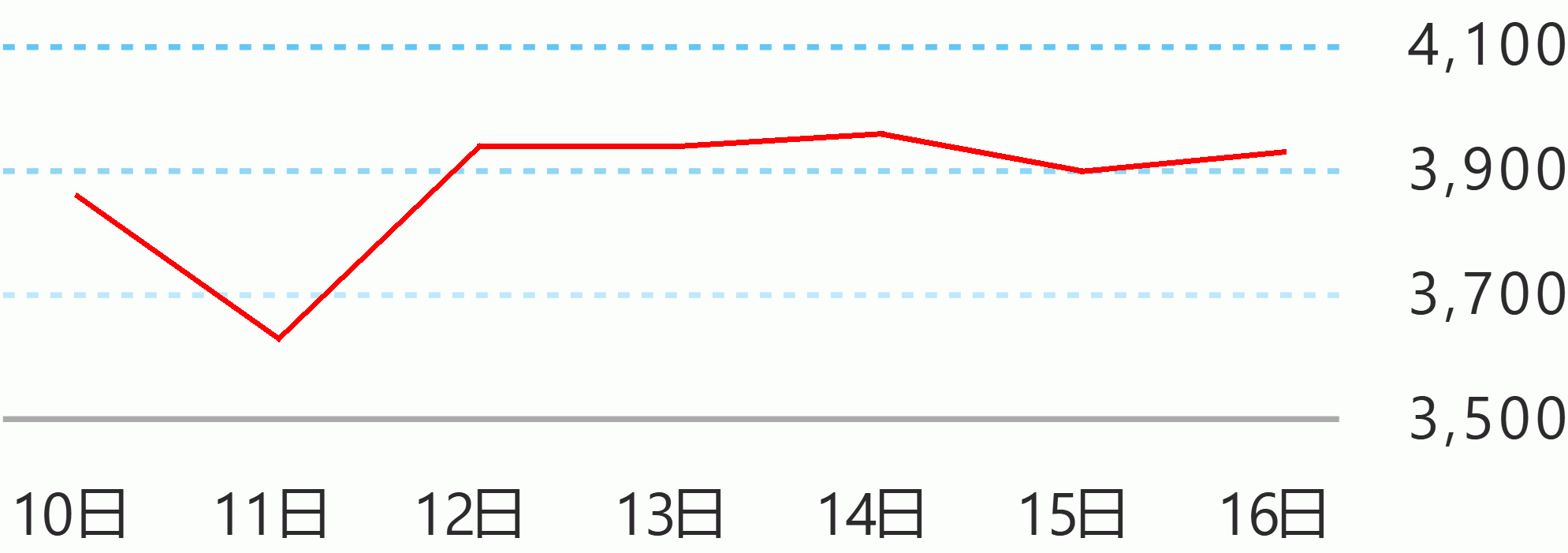The Marcos administration has led the Philippines to become the fastest-growing economy among major Asian countries in 2023, defying global challenges such as elevated inflation and slower growth.
The Philippine economy grew by 5.5 percent for the first three quarters of the year??the fastest among the major economies of China (5.2 percent), Indonesia (5.1 percent), Vietnam (4.2 percent), Malaysia (3.9 percent), Thailand (2.0 percent), and Singapore (0.5 percent).
“Despite elevated domestic and world inflation, slow global economic growth, trade restrictions, and geopolitical tensions, the Philippines remains to be among the brightest spots in the region,” Finance Secretary Benjamin Diokno said.
Economic expansion remained broad-based as all major production sectors posted positive year-on-year (YoY) growths in the first three quarters of the year, led by services (7.0 percent), industry (3.7 percent), and agriculture (1.1 percent).
Multilateral organizations recognize the strong economic performance of the Philippines and expect the country’s expansion to be one of the fastest among its regional peers in 2023 with the Asian Development Bank (ADB) forecasting a growth of 5.7 percent, the ASEAN+3 Macroeconomic Research Office (AMRO) and World Bank (WB) at 5.6 percent, and the International Monetary Fund (IMF) at 5.3 percent.
The Philippines’ external performance remains strong with gross international reserves (GIR) increasing to $102.7 billion as of end-November 2023, from $101.0 billion in end-October.
The current GIR level represents a more than adequate external liquidity buffer equivalent to 7.6 months' worth of imports of goods and payments of services and primary income.
This level also remains well above the IMF's Assessing Reserve Adequacy (ARA) metric at 1.9 in 2023, remarkably higher than China's 0.7, as well as Malaysia and Indonesia’s 1.1.
The Philippine peso likewise continues to be supported by structural foreign exchange inflows and ample international reserves.
The peso-dollar exchange rate settled at 55.38 pesos per US dollar on December 27, averaging P55.63 year-to-date . This remains within the peso-dollar exchange rate assumption for 2023, which is P55.50 to 56 per US dollar.
In addition, total cash remittances from Overseas Filipinos (OFs) also continue to increase. On a year-to-date basis, cash remittances coursed through banks in the first 10 months of 2023 amounted to $27.5 billion, up by 2.8 percent from $26.7 billion recorded in the same period a year ago.
Based on available data, the Philippines also has the lowest external debt-to-GDP ratio among the ASEAN-5 countries, making it less vulnerable to adverse external shocks.
As of end third quarter, the country’s external debt-to-GDP was recorded at 28.1 percent, lower than Indonesia's 28.9 percent and Malaysia’s 69 percent for the same period, as well as Thailand's almost 40 percent as of Q2 2023.
Business process outsourcing (BPO), which is one of the most dynamic and fastest-growing sectors in the Philippines, continues to post higher earnings.
Total estimated BPO export revenues, consisting of computer and other business services, amounted to $21.3 billion for the first three quarters of 2023, 7.6 percent higher than the $19.8 billion total revenues registered in the same period in 2022.
Inflation rate has continued to decelerate to 4.1 percent in November from 8.7 percent in January. This is well within the Bangko Sentral ng Pilipinas (BSP)’s forecast of 4.0 to 4.8 percent for the previous month.
“We remain on track to achieve our medium-term fiscal targets based on the latest revenue, deficit, and debt-to-GDP ratios,” Diokno said.
As of October, the fiscal deficit stood at P1.02 trillion, an 8.5 percent decline compared to the same period in 2022.
For the first three quarters of the year, the National Government (NG) deficit-to-GDP ratio reached 5.7 percent, still below the full-year target of 6.1 percent.
For the first 10 months of 2023, the NG actual revenue collection increased to P3.22 trillion, exceeding the revenue target for the period by 5.2 percent.
Given the robust revenue performance, the DBCC expects revenues to reach P3.85 trillion, equivalent to 15.7 percent of GDP in 2023. This surpasses the Medium-Term Fiscal Framework (MTFF)’s full-year revenue collection target of P 3.63 trillion, equivalent to 15.3 percent of GDP.
Concurrently, the NG debt-to-GDP ratio stood at 60.2 percent as of end-September, remaining below the MTFF full-year target of 61.2 percent.
With fiscal prudence, the Philippines managed to maintain its investor-grade credit ratings amid a sea of downgrades in other economies, including the US.
In Augus, R&l affirmed the country's BBB+ rating and revised its outlook from stable to positive.
Meanwhile, in November, both S&P Global and Fitch Ratings affirmed the Philippines' BBB+ and BBB ratings with Stable outlook, respectively.
“Credit rating agencies and market analysts remain confident in the country's macroeconomic fundamentals due to the sustained economic recovery, strong external position, improving fiscal position with declining debt, sound banking system, and stable political environment,” the Finance Secretary said.
Labor market conditions have also remained favorable with unemployment numbers returning to pre-pandemic levels.
The unemployment rate for the first 10 months of the year averaged 4.6 percent, better than the 5.6 percent recorded in the same period last year and the 5.3 to 6.4 percent target under the Philippine Development Plan (PDP) 2023-2028.
The employment rate averaged 95.4 percent, while the labor force participation rate (LFPR) increased to 64.6, reflecting the country's sustained economic momentum and government initiatives to improve employment opportunities and labor conditions in the country.
The Development Budget Coordination Committee (DBCC) narrowed the Philippines’ growth target to 6.5 to 7.5 percent for 2024, taking into account the risks posed by the possible global economic slowdown, El Nino and other natural disasters, as well as geopolitical and trade tensions.
Growth in 2024 will be driven by private consumption as inflation is expected to return within the target range; falling oil prices; robust public spending; greater investments lured by the country’s sound macroeconomic fundamentals, investment-grade credit ratings, and the implementation of structural reforms; and increased demand for Philippine exports as supply chain bottlenecks ease.
Meanwhile, a broad-based expansion in all major sectors of the economy led by services, and industry is expected to drive growth on the supply side.
The passage of proposed legislative reforms will also help ensure the funding for the P5.77 trillion national government budget for 2024 and will allow the attainment of the deficit target of 5.1 percent of GDP in 2024 as specified in the MTFF.
“The economic team will continue to work with Congress in pushing for key reforms crucial to accelerating economic develoment,” Diokno said. DOF Information Management Service




 English
English











